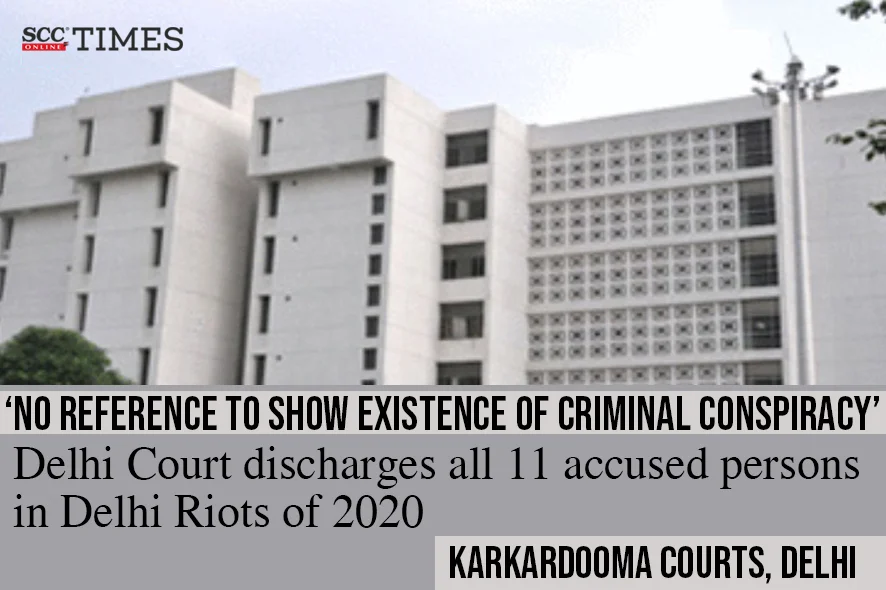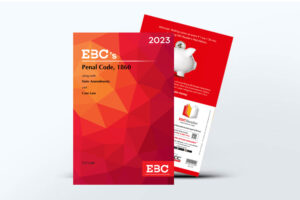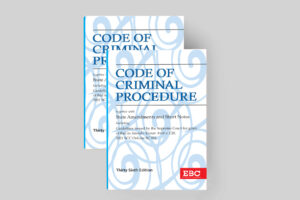Karkardooma Courts, Delhi: Pulastya Pramachala, Additional Sessions Judge-03, discharged all the 11 accused persons in the Delhi Riots of 2020 as there was no reference of any specific evidence to show existence of criminal conspiracy among the accused persons and on the basis of evidence placed on the record, the element of prior agreement among the accused persons and others, could not be inferred.
Background
On 23-2-2020, a PCR call was received regarding incident taken place at Punjab Chicken, Chandu Nagar, Dayalpur, near Sherpur Chowk. Through this call it was informed that “kuch log dukaan par aaye or jhagda kar rhe hai”. ASI Hukam Singh found that mobs of two different communities were raising slogans against and in favour of the Citizen (Amendment) Act, 2019 (‘CAA’). It was declared that mob was illegal and was announced through laud hailer to take back steps, but mob did not pay any heed. In the meantime, both mobs started stone pelting against each other. Some vehicles parked there were set on fire, windowpanes of some vehicles were broken and one Punjab Chicken in Chandu Nagar was also set on fire. The fire brigade was called on the spot, which controlled the fire. Senior officers with the assistance of the force controlled the mob.
The scattered mob again gathered at Munga Nagar near Chand Bagh Puliya and they started pelting stones against each other. ASI Hukam Singh reached Munga Nagar, near Chand Bagh Puliya along with force and dispersed the mob. A FIR was registered under Sections 147, 148, 149, and 427 of the Penal Code, 1860 (‘IPC’) and 3 of Prevention of Damage of Public Property Act, 1984 (‘PDPP Act’). After completion of investigation, on 27-4-2020 chargesheet was filed against accused (1) Ajmat Ali, (2) Shadab Alam, (3) Naved, (4) Md. Shahid, (5) Md. Sakir, (6) Nadeem, (7) Md. Sohail, (8) Sultan Ahmed, (9) Wazid, and (10) Suleman, for offences punishable under Sections 147, 148, 149, 427, 435, 436, and 120-B of IPC and Section 3 of PDPP Act, before Duty MM, North-East District, Karkardooma Court, Delhi. On 16-9-2020, the first supplementary charge sheet impleading one additional accused namely (11) Mohd. Faeem along with FSL report and other documents, was filed.
Analysis, Law, and Decision
The Court opined that at the stage of consideration on charge, the Court was not supposed to look into probative value of the evidence. However, the Court relied on State of T.N. v. N. Suresh Rajan, (2014) 11 SCC 709, and opined that it was also a part of the settled legal principle that “the Court cannot act as a mouth piece of the prosecution or act as a post office and may shift evidence in order to find out whether or not the allegations made are groundless so as to pass order of discharge”.
The Court opined that it did not appeal to logic and probability that persons in the mob of Muslim Community would raise slogan of “Jai Shree Ram” or they would beat a Muslim person, while acting as part of a mob in a communal riot between Hindu and Muslim. Therefore, the addition made in the statement under Section 161 of the Criminal Procedure Code, 1973 (‘CrPC’) of Mohd. Mumtaz did appear to be artificially crafted, as far as it is related to describing the nature of the mob entering into his shop as the one which was opposing CAA. This addition, therefore, was to be ignored.
The Court opined that the statements of witnesses named Sachin and Deepak were made on general observation and without actually witnessing the incident at Sanjar Chicken shop. There was no reference of any assault upon the owner of this shop and other persons present there. Such an omission confirmed that these two eyewitnesses either did not see the incident at Sanjar Chicken shop particularly or their statement was artificially prepared in that respect. The statement of these two witnesses were neither probable nor did they stand before the complaint made by the actual victim i.e., Mohd. Mumtaz. If the accused persons herein were involved in the incident at the shop of Mohd. Mumtaz, then Investigating Officer (‘IO’) could have verified their identity from Mohd. Mumtaz as well, by way of holding TIP etc. However, IO did not confirm the identity of the accused persons arrested by him in this case from any of the victims.
The Court opined that the statement given by Sachin and Deepak were vague in nature and therefore, the part of identification of accused persons by these two witnesses in the police station was missing in their respective statements. On the record, there was nothing to suggest that any of these two eyewitnesses had actually given any kind of information to police regarding presence of accused persons at Sherpur Chowk, which suggested that statement of these two witnesses could have been artificially prepared. The Court further observed that the nature of mob at Sanjar/Punjab chicken corner was explicit from the description given by Mohd. Mumtaz and in all probabilities, it was a mob of persons from Hindu community.
The Court stated that it was reflected that a communal riot took place between mobs of persons from Hindu and Muslim, wherein both mobs were pelting stones on each other. Thus, it could be any of these two mobs, which went on to vandalize and set ablaze the vehicles, shops etc. at that place. The common object of both these mobs had to be against each other and could not be the same. Therefore, even for invoking Section 149 of IPC, there must be clear cut evidence on the record to show that one mob was identified to be involved in the particular incident as probed in the case. One mob could not be responsible for the deeds of another mob, because of the difference in their common object.
The Court opined that IO should have ascertained as to which mob was responsible for a particular incident. But he did not investigate this line. FIR showed that IO himself was a witness of riot taking place. But he did not specify as to which mob was in action at Sanjar chicken corner and other places of incidents. The Court also opined that IO was a witness of the riot taking place before him and could see the respective location of both mobs. He was also in a position to see the movement of these mobs at the time when shops and nearby vehicles were set ablaze. However, he did not specify that mob’s identity in his FIR and investigated the case on such premises as if he was not aware of such mob’s identity. He might not have been able to identify any member of that mob, but he could have at least noted the identity of that particular mob.
The Court further opined that IO did not examine other victims who had seen the mob behind them to ask which mob had confronted them. This was a major omission on the part of IO, especially when he had to find out the culprits behind the incident with each of these complainants/victims. The Court stated that a person being member of a mob at a particular time might or might not remain in the mob later. Therefore, it was also necessary to ascertain if the accused persons were seen active in that mob during all the incidents being prosecuted herein. However, the evidence failed to establish the same.
The Court stated that Section 149 of IPC provided that if any person voluntarily becomes or continues to be part of an unlawful assembly, being conscious of its common object, then irrespective of any overt act being there or not, such person becomes liable for the actions of this mob which were taken in pursuance to common object. The Court relied on State of Maharashtra v. Ramlal Devappa Rathod, (2015) 15 SCC 77 wherein it was observed that “the liability of those members of the unlawful assembly who actually committed the offence would depend upon the nature and acceptability of the evidence on record. The difficulty may however arise, while considering the liability and extent of culpability of those who may not have actually committed the offence but were members of that assembly”. The Court further relied on Sheoram Singh v. State of U.P., (1973) 3 SCC 110, wherein the Supreme Court held that vicarious liability as envisaged in Section 149 of IPC could not be fastened in routine manner and in ignorance of the common object of the mob.
The Court thus held that it could not be said that a grave suspicion was created against the accused persons, to show their involvement in any of the incidents being prosecuted in this case. In fact, there was no specific evidence in respect of finding culprit behind the incident related to other complaints, which were clubbed for investigation in this case, and which were being prosecuted in the same chargesheet. The video was relied upon by the prosecution to chargesheet Suleman and Mohd. Faeem did not connect them with the alleged incidents. Since police had registered separate cases for riotous incidents, a general piece of evidence to show presence in the mob at some point of time and at some different place, could not be sufficient evidence to prosecute and charge an accused for a particular incident.
The Court further opined that there was no reference of any specific evidence to show existence of a criminal conspiracy among the accused persons. Based on evidence on the record, the element of prior agreement among the accused persons and others could not be inferred. Therefore, no case of criminal conspiracy existed. Thus, the Court discharged all the 11 accused persons.
[State v. Ajmat Ali, 2024 SCC OnLine Dis Crt (Del) 6, Order dated 4-3-2024]








